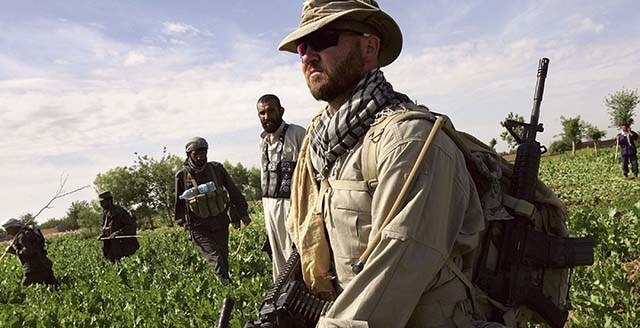My SHTF Lifestyle: Preparing to Create Happiness
I’m a mother of two in Texas who is very concerned about the very real possibility of SHTF happening within the next several years. I began prepping in 2011 after having a series of nightmares about a huge disaster where people were hungry, thirsty and afraid. I wasn’t very informed of worldly affairs at the time, but after researching current events I found enough reasons to begin prepping.
My major fears are: civil war, severe societal unrest, world war and economic collapse. After reading about the ‘just in time’ delivery in the USA I decided that I wasn’t going to be one of the American parents who had to explain to their kids why they don’t have enough food or preparations when the power goes off permanently. I realized even squirrels with their tiny brains have a survival instinct to store food. I think it is very sad that so many Americans are completely oblivious and unprepared for the many disasters which might change their lives forever, seemingly overnight.
I’m writing this article to share my personal preparation ideas because I hope that others benefit from my slightly different ideas on what a SHTF lifestyle could look like. When I first began preparing I looked for lists of preparedness items and tried my best to purchase as many as possible. After I had accumulated a reasonable supply of all the standard ‘beans, bullets and Band-Aids’ I found myself always asking myself what I am missing. I was bothered by the nagging idea that preparations are never enough for a truly long-term disaster. I began watching apocalypse and zombie movies and documentaries about survivalism to try to consider what went wrong for the characters in the movies and what could make life easier if I had thought of it ahead of SHTF.
I consider prepping an ongoing lifestyle and opportunity to create fun, educational experiences with my kids. Here is a list of some of the items that make me feel comforted to have considered and my rationalization for including these items. Some of these items are ‘essential for long-term survival’ and some are part of my plan to create happiness and safety because I was able to think outside the box about unusual preparations and ways to prepare.
I am not afraid of SHTF because I believe that humans are uniquely gifted to create happiness and hope in all situations.
1. Music: One of my favorite preparations is the joy of music. I tend to be pre-occupied with crank or hand-operated vintage technology. I started collecting crank phonographs and old 78’s. My son and I love to have a quiet night playing old records just for fun, even when not in SHTF mode. It is fun to collect old music and discover old genres. I consider a lot of my preparations part of my son’s educational enhancement. I discovered crank phonographs can use cactus needles instead of metal needles and I have several cactus plants in my garden that have needles. I also have aloe Vera cactuses which obviously have several medicinal uses. I added some string instruments and music books to my preparations. I think that if times are very bad, music heals the soul.
2. Entertainment: I think entertainment in general is an overlooked preparation. I collect games and books about old pioneer and Victorian period games and ways to entertain. It is a good idea to disengage from technology and realize that when the lights go out life can be fun and families can enjoy their time together. Researching and reenacting old forgotten activities is educational and healthy. We live in an isolated society where everything is geared toward non-human activities.
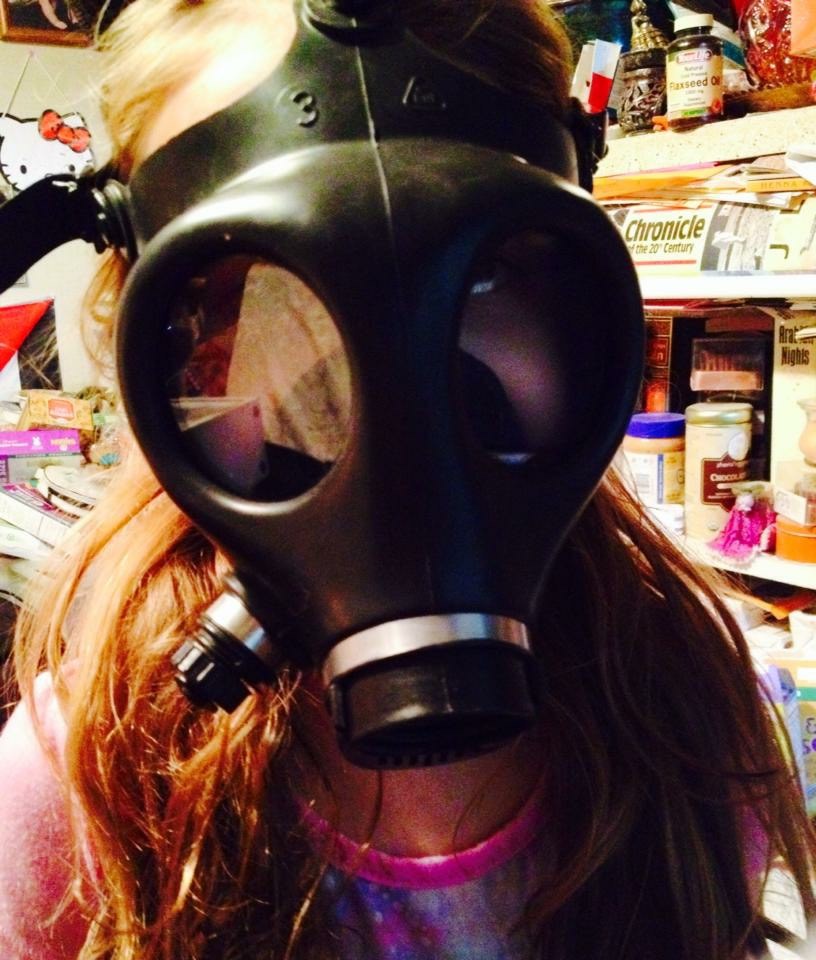
Part of my preparations includes activities which engage our family in older, forgotten hobbies.
3. Books: After collecting SHTF books I concluded that education supplies and art supplies will be rare and important during SHTF. Any books that explain old skills, home medicines, herbs, seed saving, gardening, wine making, cheese making or other pioneer type skills are valuable. I collect these plus books on Native American survival, Bushcraft, edible plants, edible insects as well as the standard survival books. I found some good books for where there is no dentist or doctor in third world countries. I am not fond of the idea of eating insects but the thought of watching my children starve sounds worse than rounding up some cicadas. I think part of being prepared is being ready to consider options that are not appealing. I’ve heard stories of people in the Middle East who were trapped during wars and ate stray cats. Since I don’t plan to eat my cats, I prepare for them instead. It is a good idea to understand what insects and plants are edible. Several books like the Anarchist’s cookbook have good survival ideas. I believe having a huge library is essential for SHTF. After SHTF when society rebuilds, these libraries will be of utmost importance, in particular we need to preserve the Constitution, the Bill of Rights and the writings of the founding fathers of the USA.
4. Think Third World: I researched survival items in third world countries. I found water filters, like the TIVA, designed for Africa and added this to my more fancy water filter and water barrel. I found camp stoves like the BIOLIGHT designed for third world counties which run on sticks and charge cell phones. Third world countries also rely on a disinfectant called DETOL which is quite cheap and has many clever uses, even for make shift hospitals where there is no good medical care.
5. Liquid Fish: On accident, I discovered the many uses of fish fertilizers. Not only do they work very well as fertilizers but they are cheap and very smelly. I believe they would mask the scent of food as well as deter looters because if the front of your house were doused in liquid fish no one would be able to stand trying to break into your house. Or, at least it makes your house less desirable.
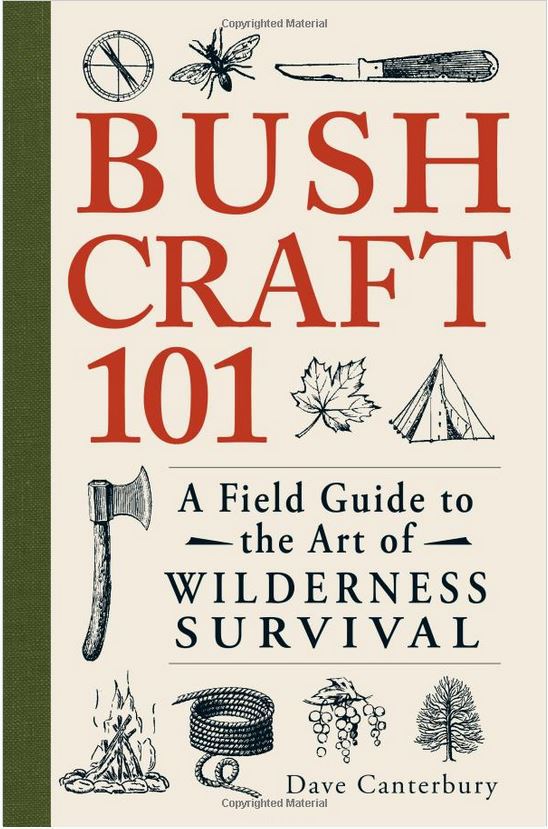
6. Archery: I learned archery with my kids. We like instinctive shooting with recurve bows. We learned how to repair arrows and I feel great peace thinking we have a good supply of arrows in the event the bullets run out one day. We also accumulated traps and books about trapping just in case. Part of thinking outside the box is considering a plan for after plans A, B and C run out so that you have several methods to try achieving basic needs.
7. Think Solar: I bought a solar oven and dehydrator set and some books on solar cooking. I also bought books on drying, preserving, curing and storing things without refrigeration. Of course, the cast iron camping supplies are useful but I like to have multiple methods for cooking. Solar items are very interesting. I’m not sure but I think they have to be stored in Faraday cages just in case of an EMP or Solar Flare. Solar lights are not that expensive and I found strings of outdoor lights for as little as $10. Solar generators, fans and other items could be highly appreciated one day. Some solar garden lights are very beautiful and when the lights go out they could bring a peaceful atmosphere. Black out curtains could be quite useful in this event as well.
8. Think Pioneer, Victorian, and Old School: As a hobby I am learning about growing tobacco, wine making, beer making, cheese making and other old skills. These activities are very fun to endeavor with family and great for preparedness. I find preparing is a lot more fun when it becomes an ongoing activity you share with your family as hobbies and learning experiences. Tobacco would be a great trading item and also doubles as an antiseptic. I believe that distilling water removes radioactive particles and is an important skill for certain SHTF scenarios.
9. Bicycles: If there are no cars, bikes will become important. Tandems are really fun. Those bike carriers for kids are useful trunks for your bike. Tandems are a joy for kids and a good way to become healthier. I enjoy any activity that triples as a preparation, a fun activity with my kids and a way to become healthier.
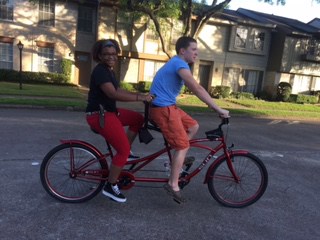 Tandem bike fun.
Tandem bike fun.
10. Think Holidays: If SHTF it would be awesome to have a few presents you hid for your children just to make an upcoming birthday slightly more normal. Sewing might one day become valuable and can also double as a way to create presents from recycled items like old clothes or blankets.
11. Think Hand Operated: Crank flashlights are very cheap and easy to find. There are zillions of hand-operated kitchen items from the 50’s and 60’s. I bought a hand crank meat grinder, a hand crank grain mill and a hand-operated herb grinder. Stored grains often get bugs and a good hand-operated grain sifter is useful. In the movies people always die because they lack hand-operated can openers.
12. Survival Medicine: Medical kits are very important. After assembling the standard survival kits, even including gas masks and iodine, I began to wonder about medicines. I stored fish antibiotics, antibiotics from overseas and a variety of homeopathic medicines. I realized there is a treasure trove of cures in the kitchen and it is easy to accumulate a huge supply of vinegar, baking soda, salt and spices. Vitamins, herbs and herbal seeds are a good idea as well. I had overlooked getting a snake bite kit but it occurred to me that snakes are a problem where I live, especially if no one were cutting the grass. Also, yeast is an issue in hot climates and I can’t think of a worse time to get a yeast infection than SHTF, thus stocking up on yeast cream is definitely important. There are also kits for bleeding and heavy trauma, including special bandages which clot bleeding. Hiking and camping medical supplies are often very helpful for traumatic injuries. I imagine that lice will become an issue in SHTF which is usually cured with over the counter medications or even olive oil. Parasites could get out of hand during SHTF so it is clever to stock up on parasite cleanses.
13. Think of Alternative Uses: Bleach and Clorox are not only good for cleaning but they could be used for self-defense if desperate. Several common items double as self-defense items. In history, several rebellions were won with farming tools. In my opinion, I will never become ‘chopped liver’ in the face of a home intruder. If my mom could fight off a burglar with her crystal bowl, I figure that weapons are all around us depending on our creativity and determination.
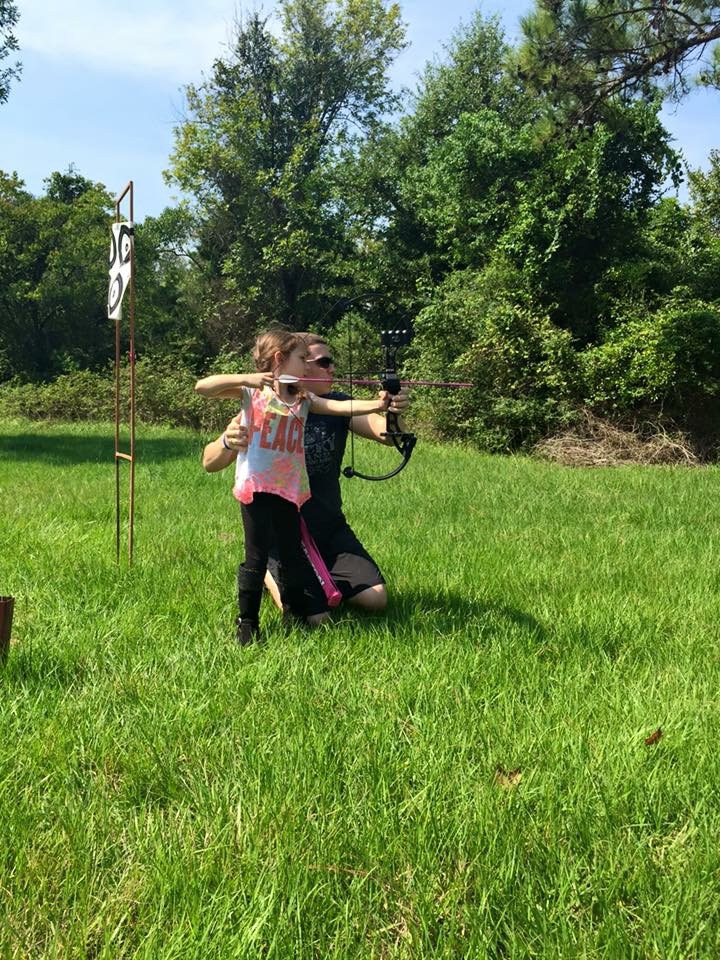 We learned how to repair arrows and I feel great peace thinking we have a good supply of arrows in the event the bullets run out one day.
We learned how to repair arrows and I feel great peace thinking we have a good supply of arrows in the event the bullets run out one day.
14. Lock Picks: SHTF isn’t the time to find yourself without important hand tools, including a really good set of lock picks. Lock picking can be a fun and useful hobby that comes in handy in a variety of situations, saves you money and has a multiplicity of SHTF uses.
15. Clocks: Wind up clocks and sundials keep time without electricity. Part of a normal life is marking time and knowing which days are holidays or special days.
16. Water from Inside Your Home: You can use a solar generator with a dehumidifier to suck water right out of the air and then purify it. If desperate and unable to get water outside your house this could be a lifesaving idea.
17. Sanitation: Sanitation is a giant concern for SHTF. A camping toilet is necessary plus determining how to have an endless supply of toilet paper. Re-usable baby wipes can be washed. Old time wash buckets and a washing line, re-usable sanitary pads and solar showers are good additions to your preps.
 As a mom, I want to be confident that I did everything possible to keep my family not only safe but also happy and healthy.
As a mom, I want to be confident that I did everything possible to keep my family not only safe but also happy and healthy.
18. Redefine Normal: I realized a need to redefine my relationship with technology as well as money. What is ‘wealth’ during SHTF? What will people trade for a can of tuna, a roll of toilet paper, some seeds or a hotel bottle of shampoo?
19. Fire: I was bothered by how to start fire after the matches are gone and lighters are out of fluid. I stored magnifier glasses, parabolic fire starters as well as flint fire starters.
20. Recycle and Replant: Along with the standard survival seed gardens, I realized it is fun to learn how to save seeds and even re-plant parts of fruit and vegetables that we buy at the store on a regular basis. I like this preparation because it is basically free and fun for my kids. Pineapples are my favorite plant to replant from the part of the pineapple usually thrown in the garbage. I researched replanting fruit and vegetables from the parts you toss into the garbage and found a wealth of helpful information. You can recycle a lot of garbage into survival items. Heavy trash day can yield a treasure trove of goodies your neighbors discarded, minimally a constant supply of pots for gardening. Websites like ‘Freecycle’ can yield lots of survival goodies for free.
21. Learn from Your Environment: I lived through a hurricane where I was out of power for one week. I learned several important lessons during this trial run without power. I always store many bottles of water in the freezer to prolong the freezer time after the power outage. I always have a mental inventory of what needs to be eaten first from the fridge and the freezer. I realized how fast sanitation becomes an issue. I also realized the need to, if forewarned, stock up on as much water as humanly possible.
22. Heat: I don’t live in an area where heat is important but if I did I would buy a wood burning stove. I might get one anyway, it is on my wish list.
23. Bug and Pest Control: Mosquitoes and other bothersome pests can get out of hand during SHTF due to unsanitary conditions and lack of local response. This is especially a problem in the southern states and mild climates where a deep freeze doesn’t kill bugs and rodents. I found some plants naturally deter mosquitoes and there are a lot of home remedies for pest control.
24. Think of the Unpleasant: I realized it is better to consider some of the darker SHTF possibilities in advanced of being in the middle of an ordeal. For example, it is intelligent to formulate a plan to deal with insane people around you who turn into cannibals. Psychotic people whose medications run out and how to deal with mass burials if necessary. Sometimes life delivers very unpleasant experiences but it is better to face and overcome those obstacles with a plan, hopefully formulated in advance in order to gather necessary supplies.
25. Get a Plan: I learned ‘having a plan and executing it with determination is better than having no plan whatsoever.’ I add that having a backup plan upon another back up plan is ideal.
If SHTF people will die of
- Starvation
- Diseases due to lack of sanitation
- Violence and war.
As a mom, I want to be confident that I did everything possible to keep my family not only safe but also happy and healthy. I found that the best way to prepare is create a plan and then develop it over time. I mentally place my family in all sorts of disasters and imagine what coping methods are available and supplies are needed. I consider long-term situations and how to make the best of life without power. I am excited for whatever opportunities God places in my path because in life we have to consciously choose to survive, to love and to be happy. I do not live in fear of the future because I know that I have exhausted every avenue to prepare my family for whatever disasters come our way. I have resolved to do whatever is necessary for the survival of my beloved family and to always protect our freedom and health.
I’m a mother of two in Texas who is very concerned about the very real possibility of SHTF happening within the next several years. I began prepping in 2011 after



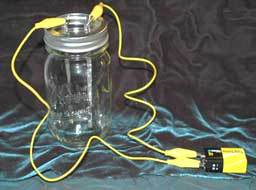

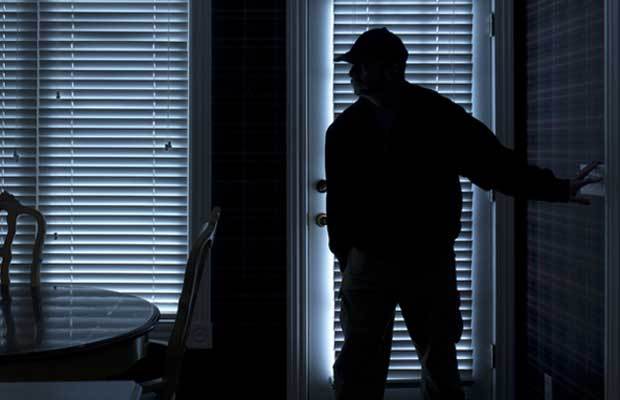


 1200 FPS with a scope for less than $140.
1200 FPS with a scope for less than $140. 880 air rifle kit includes safety glasses, 4×15-millimeter scope with rings, 500 Daisy pellets, and 750 BBs – $60
880 air rifle kit includes safety glasses, 4×15-millimeter scope with rings, 500 Daisy pellets, and 750 BBs – $60 Velocity of up to 1,200 fps with PBA Raptor ammunition; 4×32 air rifle-scope – $99
Velocity of up to 1,200 fps with PBA Raptor ammunition; 4×32 air rifle-scope – $99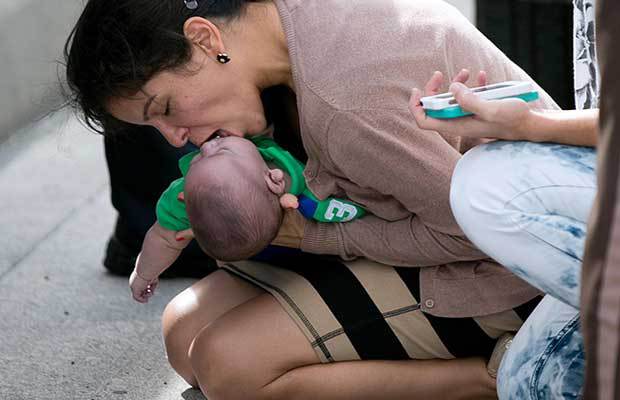

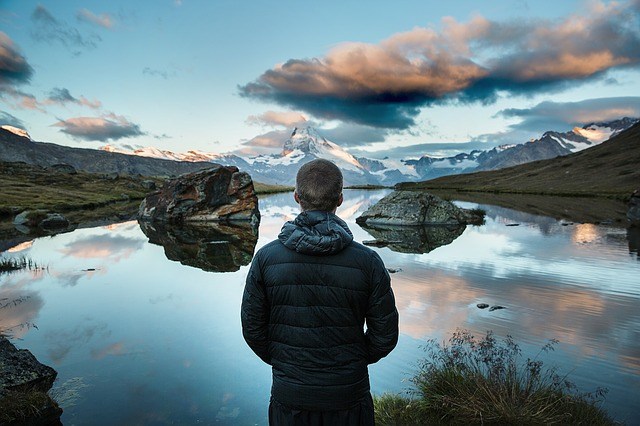
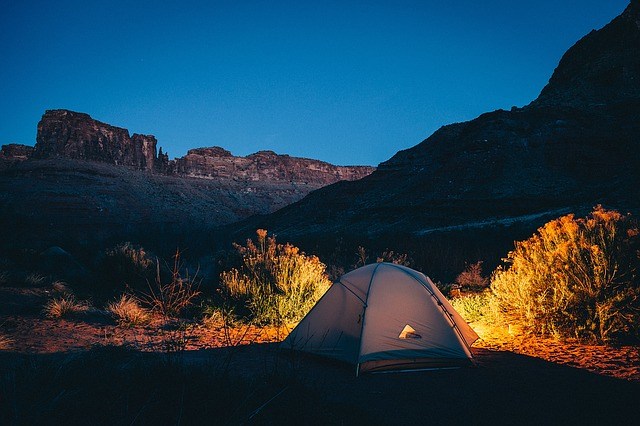

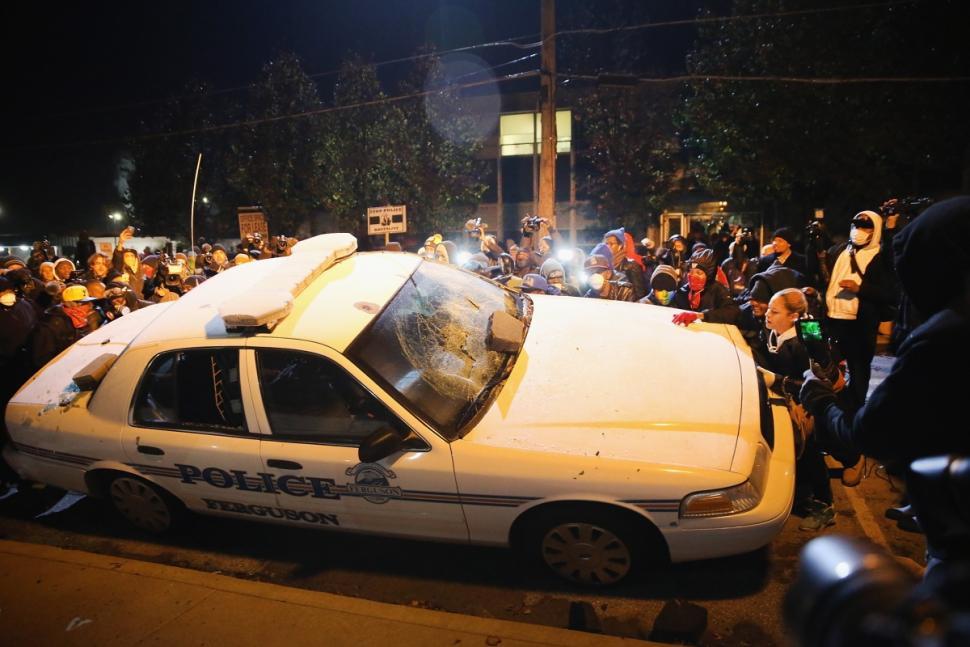 Mob violence can quickly escalate.
Mob violence can quickly escalate.
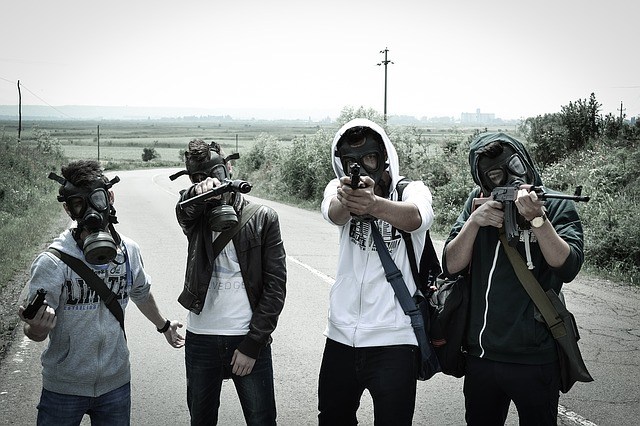
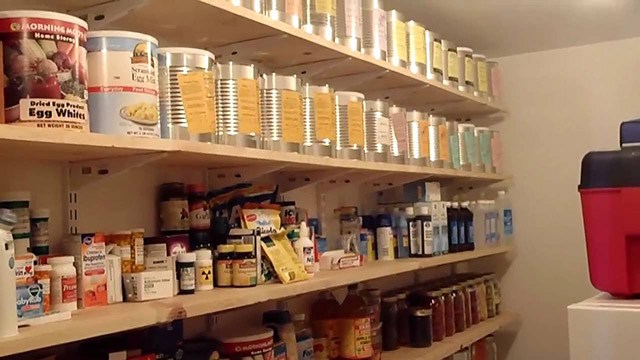 If your plans call for keeping all the food in a central location. Have them collect food, water and any other items from their homes and bring it to that location.
If your plans call for keeping all the food in a central location. Have them collect food, water and any other items from their homes and bring it to that location.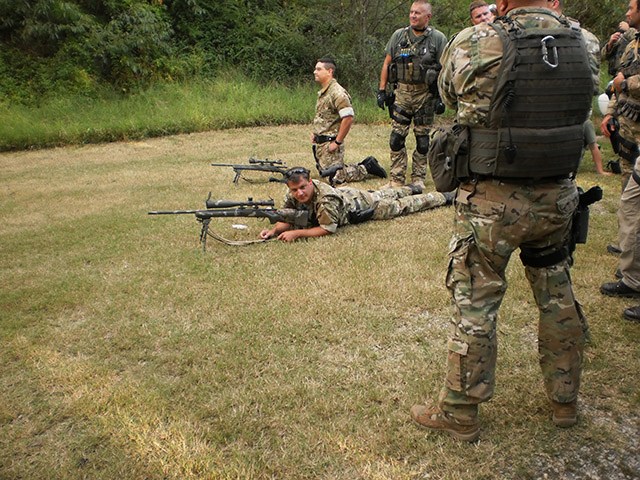 What training have they had? When were they last used? Do you have someone in your group or can you assign someone, to inspect the weapons? Do they need cleaning?
What training have they had? When were they last used? Do you have someone in your group or can you assign someone, to inspect the weapons? Do they need cleaning?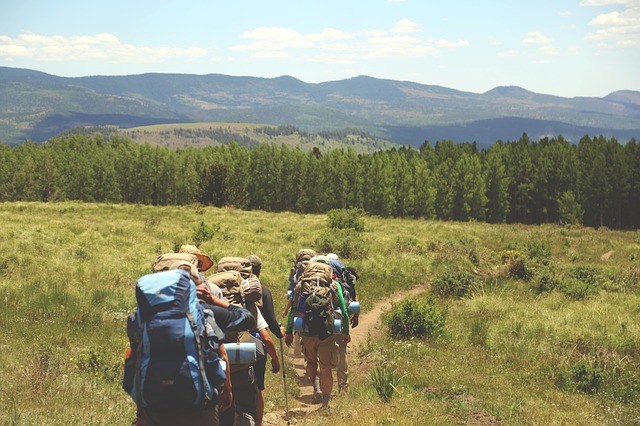
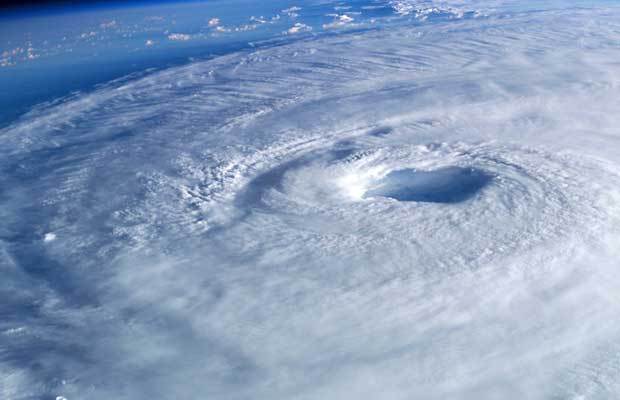



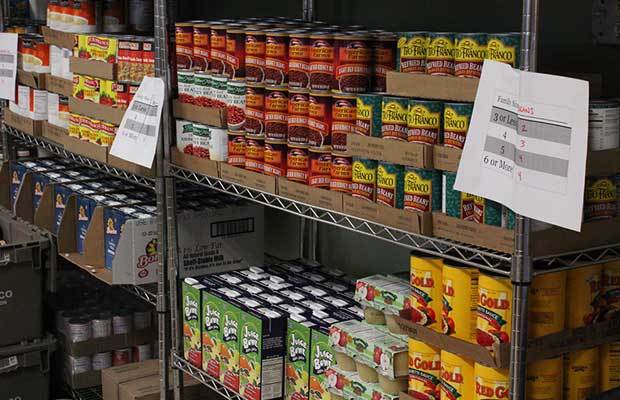

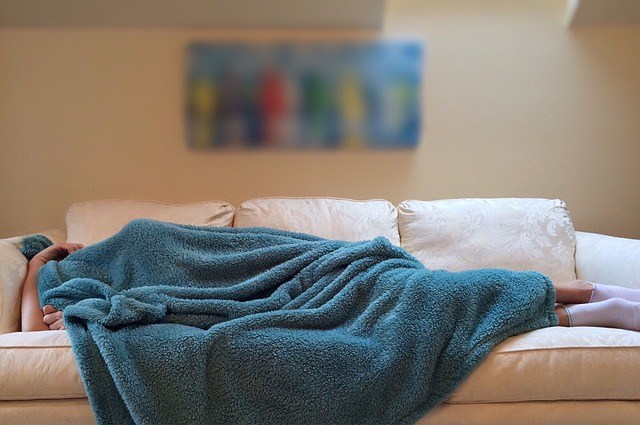
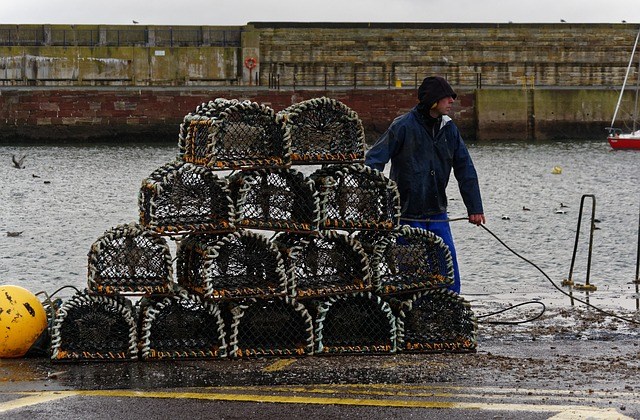
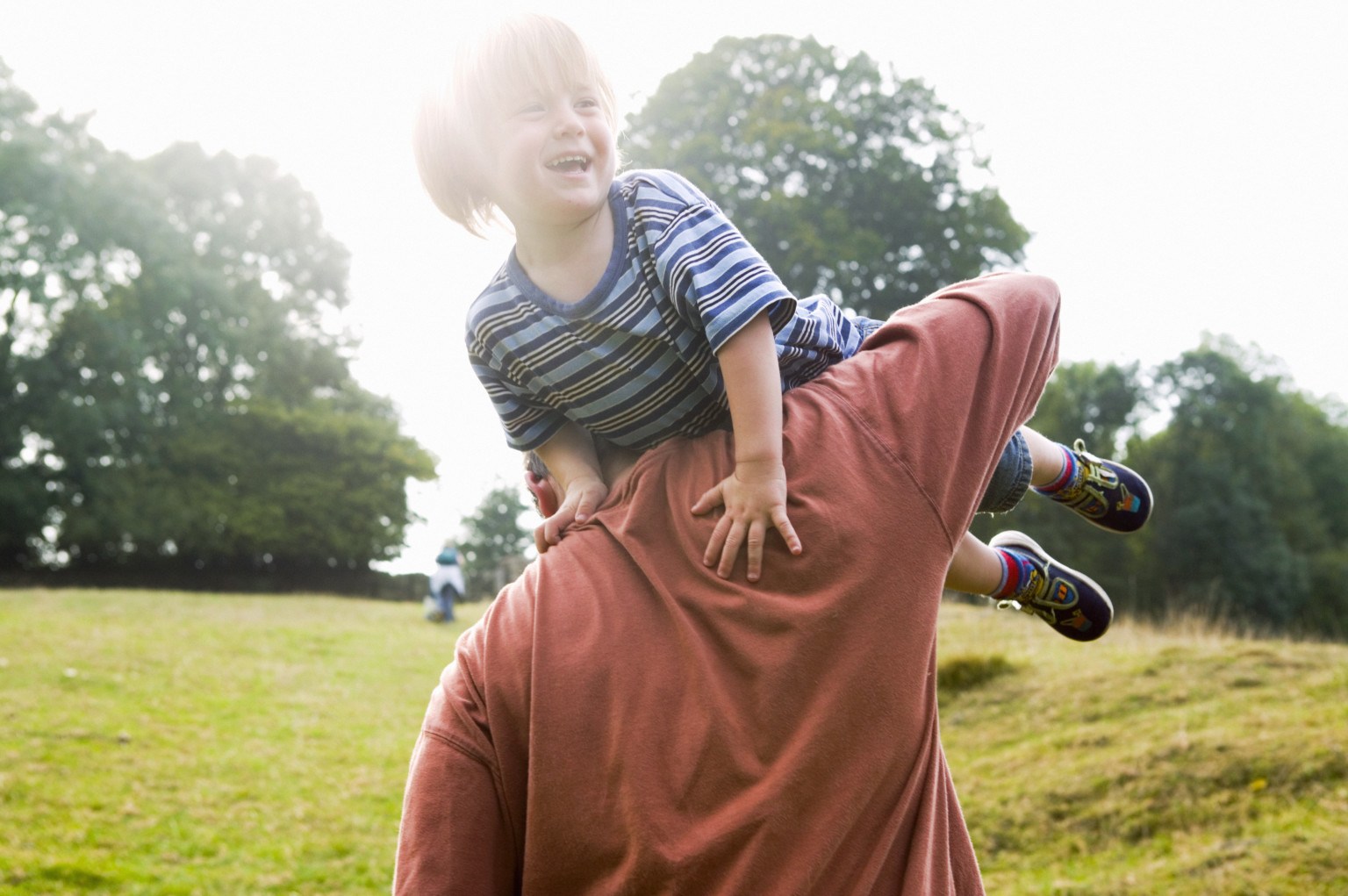

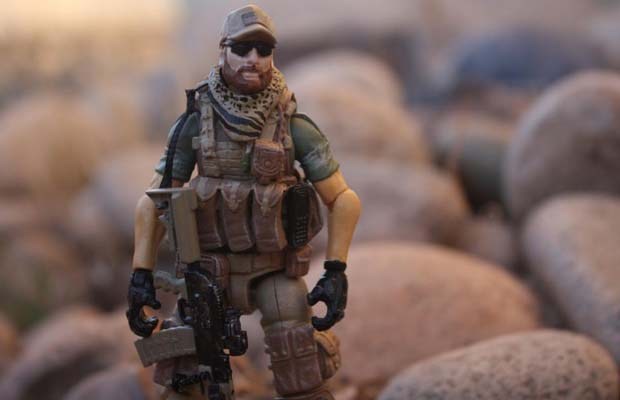 Do you envision yourself in the role of hired gun or mercenary?
Do you envision yourself in the role of hired gun or mercenary?